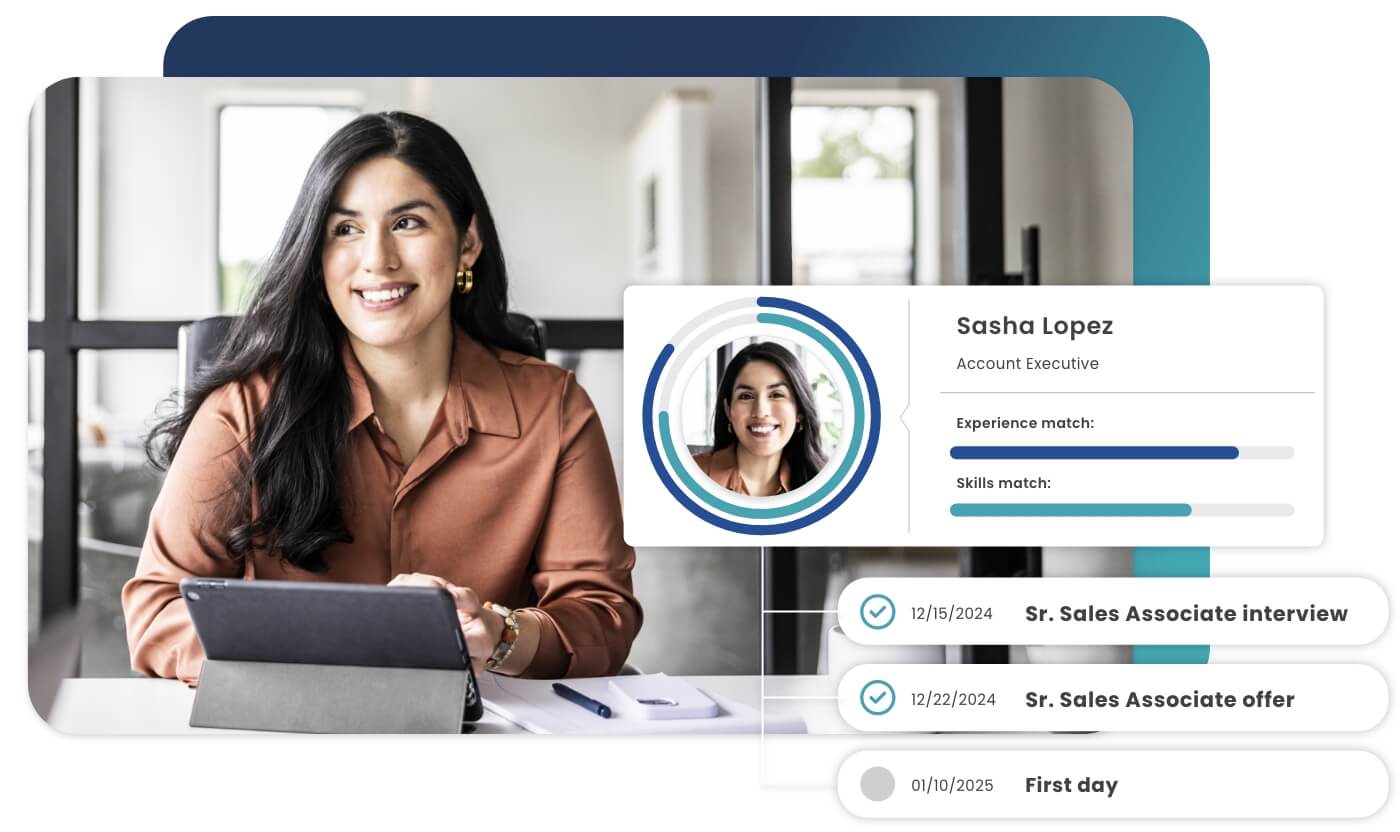

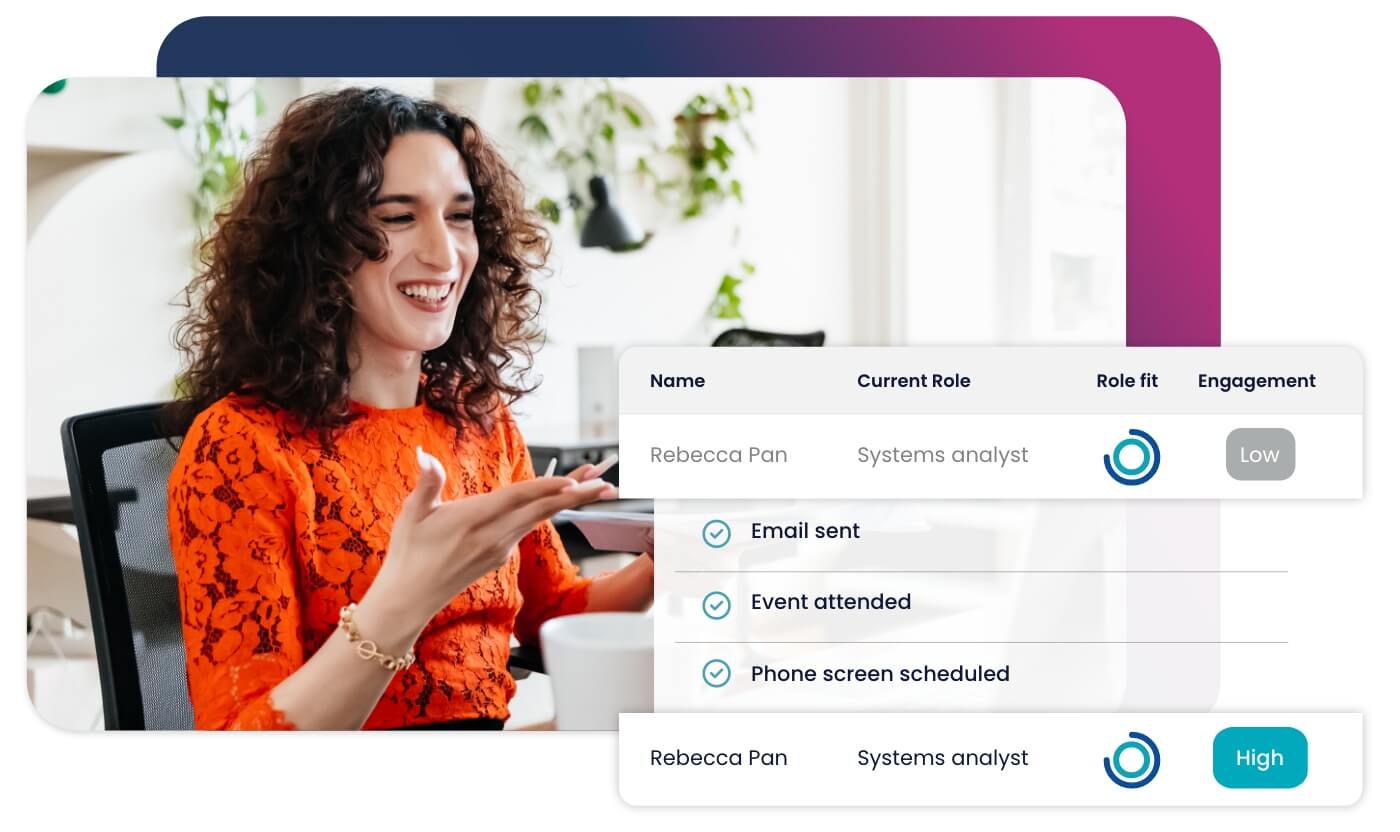
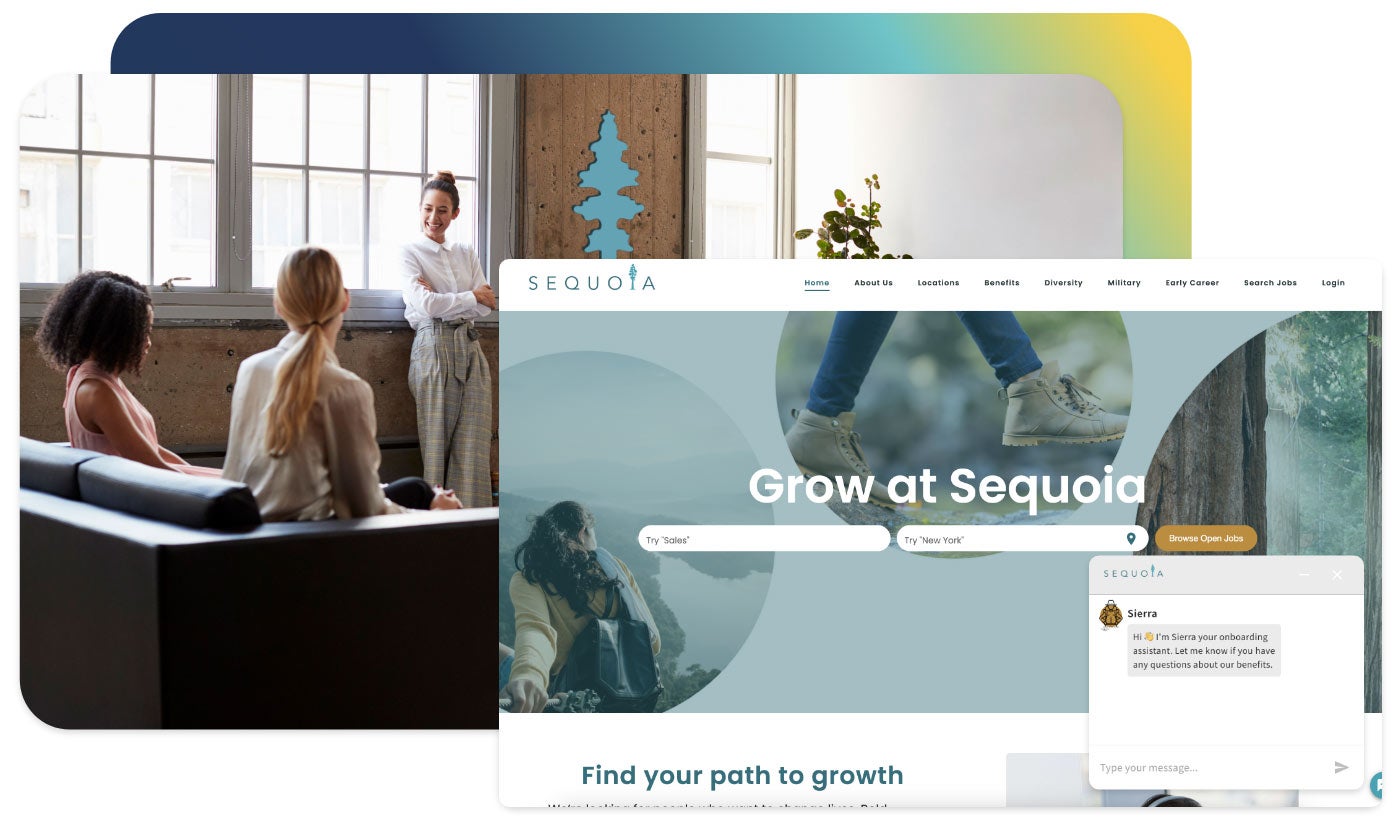


Accelerate hiring key talent to deliver care and exceed patient satisfaction.

Attract skilled candidates, speed up hiring and grow expertise in your workforce.

Simplify recruiting finance and banking talent with a platform for hard-to-fill roles.


Build a talent pipeline that engages and drives your business forward.


See how diverse and global enterprises use iCIMS to employ millions, drive innovation and connect communities worldwide.

Learn how a beloved restaurant hires 40,000+ annually with a great candidate experience.
Uncover unique market insights, explore best practices and gain access to talent experts across our library of content.


View press releases, media coverage, the latest hiring data and see what analysts are saying about iCIMS.

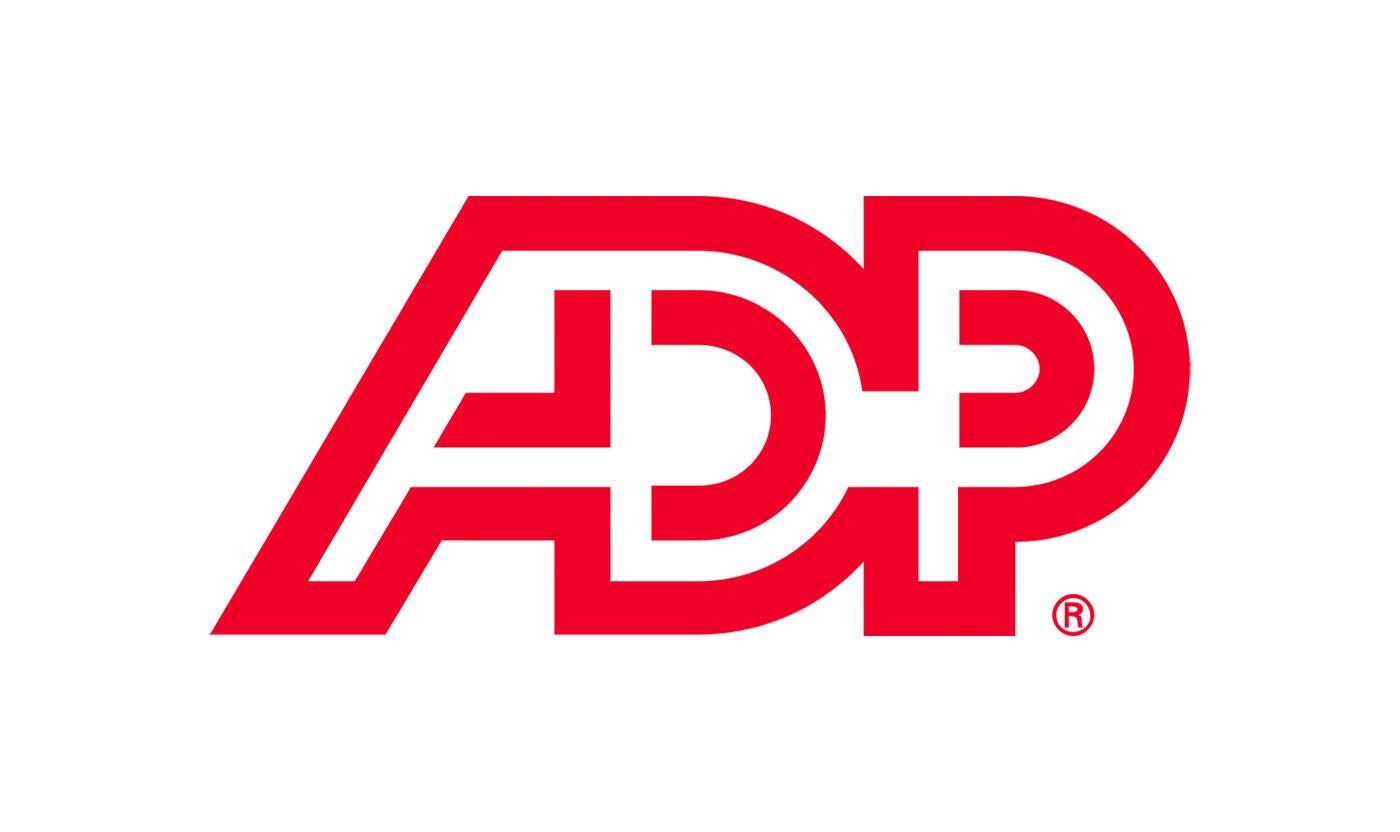
Streamline your tech stack and take advantage of a better user experience and stronger data governance with ADP and iCIMS.
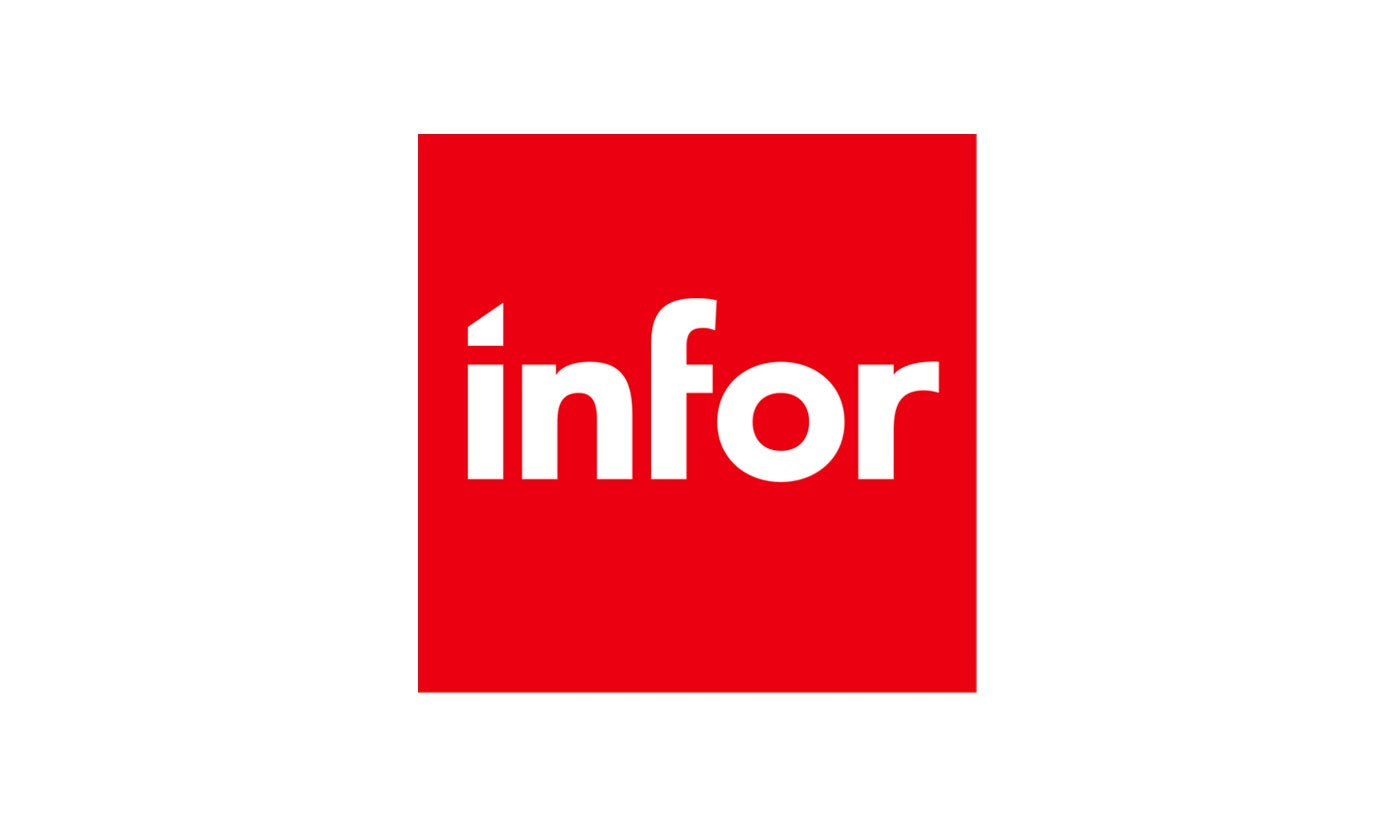
The combined power of iCIMS and Infor helps organizations strategically align their business and talent objectives.
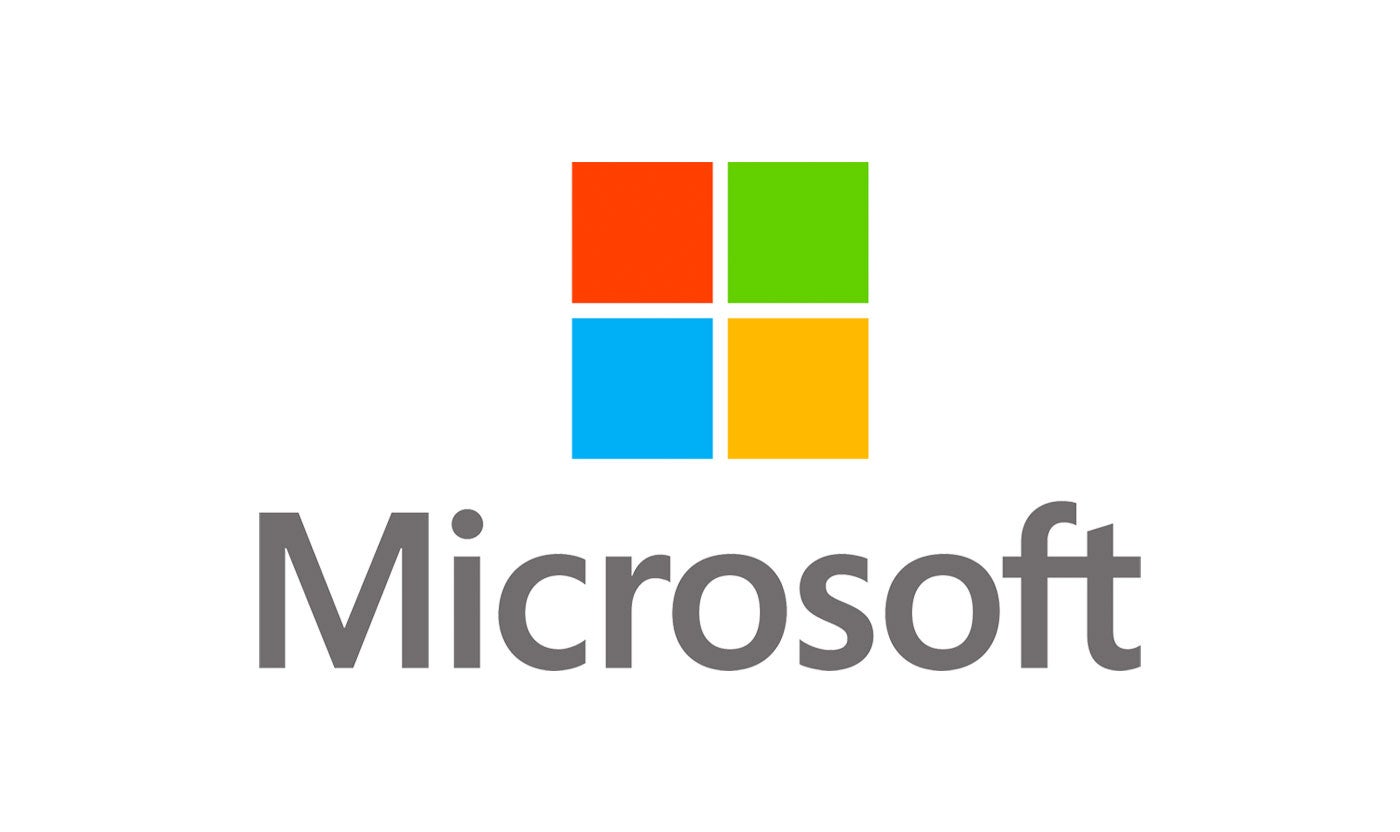
Our award-winning partnership with Microsoft is grounded in a shared desire to transform the workplace and the hiring team experience.
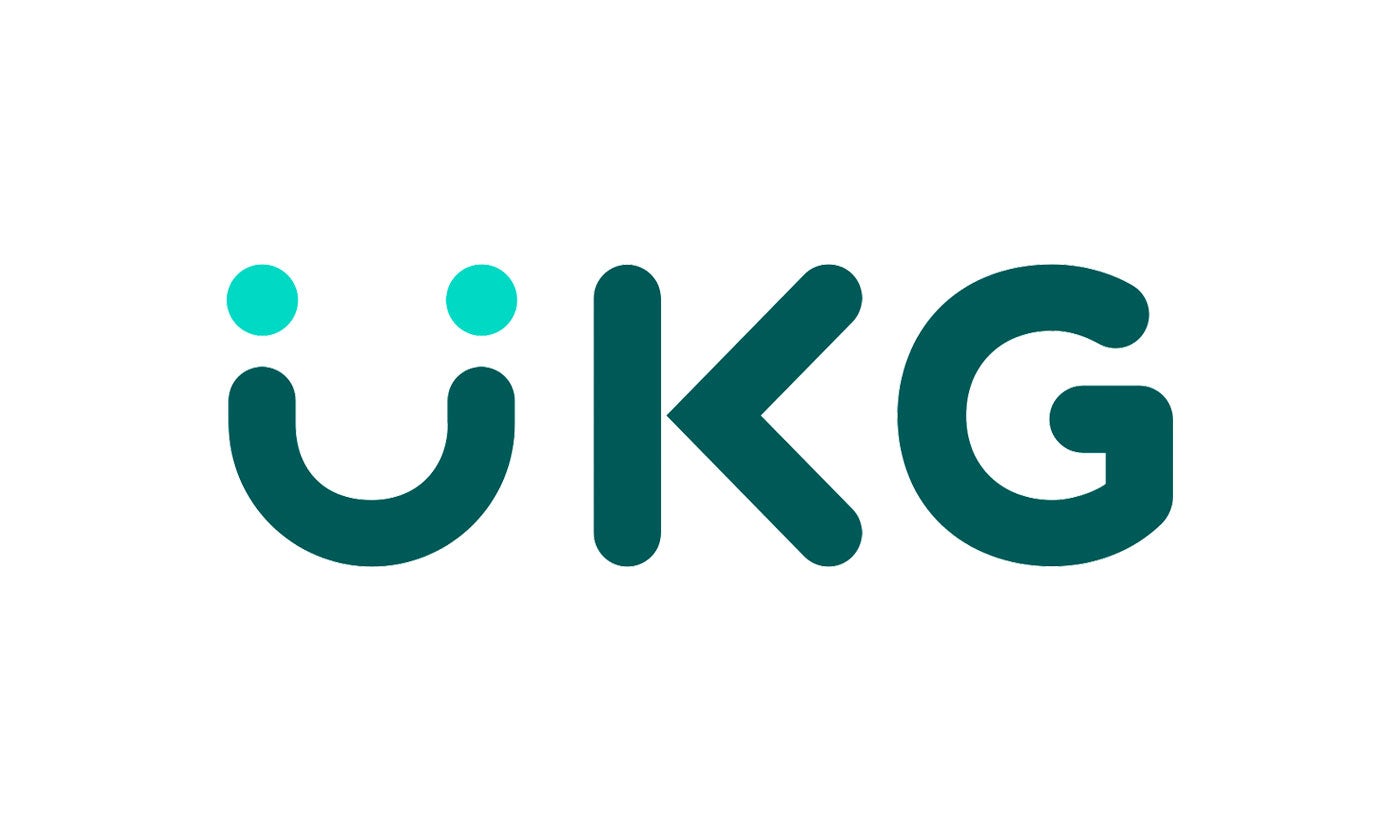
Our partnership with Ultimate Kronos Group (UKG) supports the entire talent lifecycle by bringing frictionless recruiting solutions to UKG Pro Onboarding.

In the last two years, resignations have hit record highs and employee engagement has hit record lows. To flourish in such a challenging market, organizations need to focus on proactive strategies that help them identify, develop and retain the best talent in their ranks. One of the best ways to accomplish this? Build an internal mobility program.
When employers give employees the chance to explore new roles, they also provide them with opportunities to learn new skills and take on new challenges. Organizations with a strong culture of internal mobility signal their willingness to invest in their people — something job seekers and employees prize.
Interested to learn more about internal mobility? Below, we answer the 10 most frequently asked questions on internal mobility so you can learn what it is, how it works, and how it will benefit your business.
Internal mobility is characterized by the movement of employees within an organization. This movement can occur vertically or laterally — internal mobility is less about the direction of the change than the change itself.
Whenever an employee changes positions, internal mobility is at play. Internal mobility most often takes the form of promotions, lateral moves, transfers, and projects.
Many organizations establish internal mobility by promoting their employees. Promotions make an excellent example of internal mobility, as they demonstrate the benefits internal mobility lends both employees and employers. Promotions incentivize good performance, provide opportunities for growth, and contribute toward retention.
But promotions aren’t the only example of internal mobility. Internal mobility occurs when employees move roles laterally, with little to no change in salary. An employee who wants to learn new skills may seek an opportunity on a different team or in a new department.
Organizations also engage in internal mobility when employees transfer to new locations but keep their titles, responsibilities and pay. Some workplaces create cross-functional teams to accomplish specific goals and take part in project-based mobility.
Internal mobility programs fill open roles with current employees. This creates a number of business advantages. By recruiting from within, organizations spend less time and money on recruiting procedures. Hiring existing employees also improves retention, another cost-saving measure. According to a Gallup report, employers spend up to double an employee’s salary in finding his or her replacement.
Internal mobility also impacts employee engagement. When employees know their employers value them enough to consider them for new — and potentially more lucrative — opportunities, they’re more motivated to dig into their current work.
Internal mobility offers organizations many advantages, but it creates one problem recruiters can’t ignore. When a company recruits an existing employee for an open role, it creates a vacancy that must be filled. It’s as if internal mobility leaves recruiters with two roles to fill, instead of one.
But this challenge has a silver lining: A robust internal mobility program creates upward movement among employees. This provides experienced, familiar candidates for more advanced roles and leaves lower-level positions, which are easier and less expensive to fill, open to external candidates.
Internal mobility often offers employees opportunities for growth. Whether a worker gets promoted or moves to a new department, the change may require her to take on her first direct reports, learn a new coding language or improve her public speaking skills.
Workers crave such opportunities. When LinkedIn asked workers whether employee learning programs would convince them to stay in their current positions, 94% said yes.
External recruiting plays a major part in a company’s commitment to diversity, equity and inclusion. Hiring managers must ensure, for example, that their recruiting practices are free from unintentional bias and that they interview a diverse slate of candidates.
But internal mobility programs don’t conflict with DEI goals. In fact, robust programs advance these goals by promoting equity and inclusion, in particular. To create a culture of internal mobility, organizations must focus on identifying and developing talent. They may use mentorship or sponsorship programs to this end. These programs are also common DEI tools used to advance the careers of employees belonging to marginalized groups.
Internal recruiting strengthens external recruiting. Candidates strongly desire workplaces that invest in their workers. Job seekers will be attracted to organizations that showcase the benefits of internal mobility: Job paths, career agility, upskilling opportunities, and coaching and mentoring programs.
When recruiting internally, the biggest difference from external recruiting lies in the candidate pool. Instead of sourcing candidates outside the organization, recruiters look inside the organization.
Other than that key difference, external and internal recruiting align quite closely. That means organizations can take several cues from external recruiting when setting up an internal mobility program. It’s important, for instance, that recruiters follow many of the same procedures to ensure they create a process free of discrimination. Organizations should post the job opportunity in a place accessible to all employees.
HR can use applicant tracking tools to track workers’ skills and interests. A database of such information helps HR and hiring managers know who may be interested in specific internal roles and opportunities.
The external recruiting process guides the internal recruiting process here again. It’s important to use the same tools used with external recruits when working with internal candidates. This strategy improves the effectiveness of internal recruitment by ensuring internal candidates have a formal, positive candidate experience — just like the one enjoyed by those applying from outside the organization. HR and recruiting can build these workflows using platforms like iCIMS Talent Cloud.
An internal mobility program starts with a few simple steps. The first step is to create an internal career page where you can post opportunities in a transparent, accessible way. The next step is to use HR software and applicant tracking tools to track employees’ skills and interests. Once these steps are accomplished, you can rely on workflows established for external recruiting to engage and communicate with internal candidates.
Employers won’t see the benefits of internal mobility without putting in the work. But internal recruiting doesn’t have to be a headache. With the right tools, organizations can proactively scope out existing talent for new and upcoming opportunities, strengthening retention and engagement all the while. Read this post to learn how the iCIMS Opportunity Marketplace can propel internal mobility at your organization.

Alex is well-versed in content and digital marketing. He blends a passion for sharp, persuasive copy with creating intuitive user experiences on the web. A natural storyteller, Alex highlights customer successes and amplifies their best practices.
Alex earned his bachelor’s degree at Fairleigh Dickinson University before pursuing his master’s at Montclair State University. When not at work, Alex enjoys hiking, studying history and homebrewing beer.




